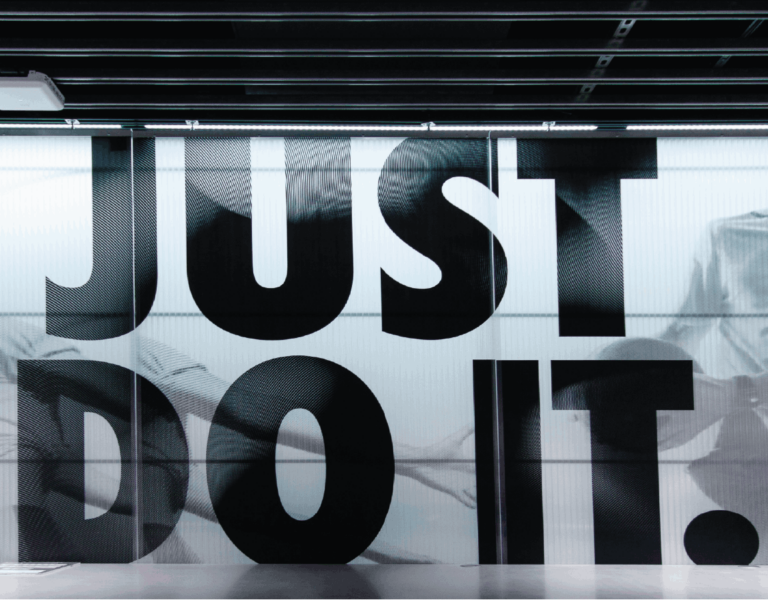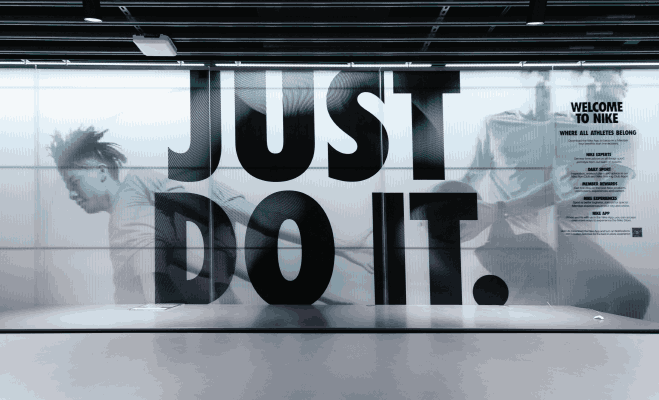For a while, the world’s biggest companies found success by focusing on a medium price and quality point. In Forbes, Dev Patnaik outlines the three big shifts that have disrupted this middle-market strategy, and how to move from “how to win” to “where to play” in order to unlock new growth.
What do Tesla, Marriott, and the International House of Pancakes have in common? They’re all struggling to cope with a strategic challenge—the collapsing middle market.
And they’re not alone. Across a variety of industries, there’s a growing number of companies holding on to outdated strategies that have left them standing on a middle ground that’s shrinking under their feet.
To be sure, some of the biggest companies in the world have built their success on targeting the middle of the bell curve. For a long time, it served them well because focusing on a medium price and quality point was where the most customers could be found and the most money could be made.
But if the old model looked like a bell curve, with the center bulge representing the fat middle market, we’re now seeing many markets look like a bathtub, with a sagging middle where companies go to drown.
Three big shifts have disrupted this middle-market strategy. First, premium players have found ways to make their offerings more accessible. If you can’t afford the Ritz, you can stay there using credit card miles. Second, low-price competitors have found ways to make their offerings a lot better. Target now sells apparel and home decor items that are comparable to Macy’s. Third, new digital alternatives have appeared and they offer a more convenient substitute. That’s Amazon. For their part, consumers have learned to shop for value on daily essentials, and splurge on premium offerings when it matters most.
The Collapsing Middle
We’re seeing this shift across multiple categories. For years, casual dining restaurants like Applebee’s and Olive Garden appealed to the middle of the market. Consumers went there for several reasons. Perhaps they were celebrating a special occasion, like a birthday. Perhaps they just wanted to eat with their family. Maybe they were just tired of cooking that day. But behaviors change. If it’s a special birthday, many consumers are opting to spend a little more money and go to an upscale restaurant like Fleming’s Steakhouse. If they’re just getting a weeknight dinner for their family, they can save money and stop at Chipotle instead. And if they don’t feel like cooking, they can order something on DoorDash from a “ghost kitchen” that only makes food for delivery.
As a result, middle-ground restaurants are having their lunches eaten by high-end competitors, low-end competitors and digital substitutes. Applebee’s, which like IHOP is owned by Dine Brands, has shuttered hundreds of restaurants since 2017, with dozens more set to close in 2024. Chipotle, by contrast, opened 271 new locations last year.
The middle-market squeeze is even being felt in the auto sector. Tesla’s vision of delivering electric cars to the masses prompted it to slash the price of its Model 3 vehicle. But that’s landed it right in the mushy middle. As near-term growth in electric vehicles has plateaued, Tesla is struggling to compete with cheaper, good-quality EVs from the likes of Volkswagen and Nissan. Those in the market for a true luxury EV now have Mercedes and Lexus to choose from. And the digital alternative? That’s Uber. Why buy a car at all when you can hire one for less? Tesla shares have plummeted over 40% from their 2023 highs, even as the broader market has surged.
Even healthcare isn’t immune. The family physician is under threat from convenient, low-cost healthcare options like “doc-in-a-box” walk-in clinics and nurse practitioner services at CVS and Walgreens. On the high end, they’re being squeezed by the emergence of concierge doctors. And digital alternatives like Amazon Health and Teladoc are turning doctors’ visits into Zoom calls.
This shift didn’t happen overnight. Conditions have been slowly changing over the past twenty years… and yet many companies seem to have been blindsided. While they’ve been focused on “how to win,” they may have overlooked the other crucial part of strategy: “where to play.”
Escape from the collapsing middle will take more than tinkering with price, quality or operational efficiencies. For a company to avoid getting squeezed out, it has to revisit its assumptions about where it should be playing.
Mindset Over Price Point
So, how do you escape this treacherous middle ground? The obvious answer would seem to be to move up or down market. But even companies that are already at the low or high end of the market can’t rest easy. There are simply too many new digital alternatives appearing every day.
Companies in danger of getting caught in the middle need to fundamentally rethink what they stand for. Premium players need to find new ways to augment the experience they create. Low-price competitors need to improve their offerings without raising prices. And everyone needs to make the costly investments in digital infrastructure that hurt near-term viability for the sake of long-term survival.
If you haven’t updated your market segmentation since before the pandemic, it’s probably time to re-examine your customers’ behaviors and how they fit into them. Most likely, the answer won’t be a simple “good, better, best” distinction. Rather than fixating on premium versus economy, it’s more important to look for particular consumer mindsets that you can cater to with distinctive products and experiences.
At a time when people are dividing into ever smaller “microtribes” in search of goods and services that cater to highly specific tastes, companies need to think hard about how their product line and their very identity make them distinctive and desirable.
Too many companies have customer maps that are a product of history rather than strategy. One glance at the 30-strong list of Marriott brands tells you it’s fallen into that trap. At a time when the industry’s middle is being squeezed by better budget accommodations at the bottom, the growing appeal of luxury hotel experiences at the top, and the disruptive alternative of Airbnb, Marriott’s scattered collection of brands lacks a core identity that tells customers what makes it distinctive. To paraphrase Seth Godin, if Nike opened a hotel, you could imagine what that might look like. But if Marriott came out with sneakers, you’d have no clue what to expect.
Oops! We could not locate your form.
For their part, B2B firms would be wise to focus on customers who aren’t so dependent on serving the collapsing middle. If you supply food to IHOP and Olive Garden, you need to build out your accounts with Capital Grille on one end and Chipotle on the other.
The forces that have conspired to suck the oxygen out of the middle market aren’t going away. If anything, the shift is picking up speed, and companies need to stay ahead of it. It’s time to rethink who you serve and what you stand for. Those that try and cling to the middle may soon discover they’ve sunk to the bottom.
This article appeared in Forbes on April 14, 2024.

 Dev Patnaik
Dev Patnaik



